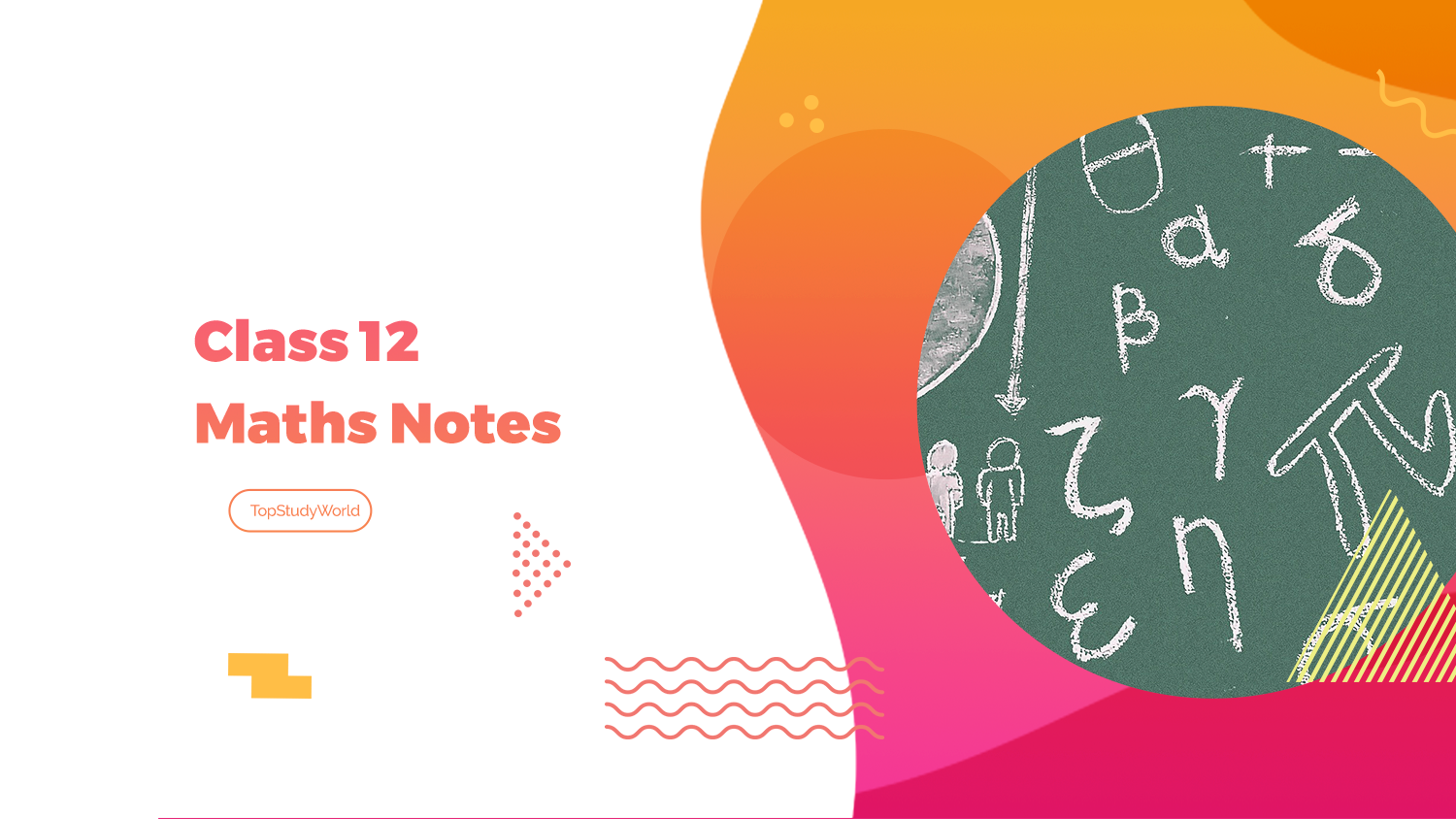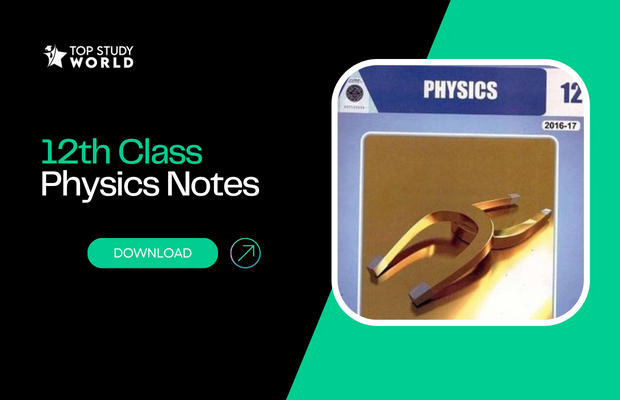If you are looking for Class 12 Math Notes Federal board Solutions Free PDF Download, you have come to the right place. Here, you will find the best and most comprehensive notes for Class 12 Math that cover all the topics and exercises of the Federal board syllabus. Whether you need help with algebra, calculus, geometry, trigonometry, or statistics, you will find it here. These notes are written by expert teachers and are easy to understand and follow. You can download them for free and use them for your exam preparation or revision. Class 12 Math Notes Federal board Solutions Free PDF Download is the best way to ace your math exam and score high marks. Don’t miss this opportunity and get your notes today!
On TOPStudy World every consumer of our page is very close to our heart and we know our consumers are enthusiastic aspirants of a bright future. Hence, we align every stuff with great precision in case our user may not face any problem in terms of opening a chapter or a file.
12th class maths notes are very helpful as a guide for FSC Part II students. Because it has no doubt that the procedures to adopt are very confusing and long and the book is full of lengthy and yet trouble causing questions.
For the feasibility of the students that have joined us in the struggle to prestige education, we always align our content according to the authentic available textbooks. The best part you would like to preside over, on our webpage.
In order to have an ONLINE view,
- Tab on “Preview PDF Online”
In order to Download,
- Tab on “Direct Download PDF”
Exercise 1.1- Functions and Unit
Content: Exercise Solutions | PDF
Exercise 1.2
Content: Exercise Solutions | PDF
Content: Exercise Solutions | PDF
Content: Exercise Solutions | PDF
Exercise 1.5
Content: Exercise Solutions | PDF
Exercise 2.1
Content: Exercise Solutions | PDF
Exercise 2.2
Content: Exercise Solutions | PDF
Exercise 2.3
Content: Exercise Solutions | PDF
Exercise 2.4
Content: Exercise Solutions | PDF
You can download as well as you can view the notes without downloading in case you have a jeopardized internet connection. Many students struggle with math. It can be very abstract and confusing and often seems disconnected from the real world.
However, math is a handy and important subject that can be used in our daily lives. Math can also be fun. This essay will explain how you can use math in your everyday life. Mathematics is the study of patterns.
The subject began with counting, first by ones and then by tens, hundreds, and so on. It continued with more complicated ways, such as adding and multiplying numbers, and finding their greatest common divisor. Then came negative numbers, fractions, complex numbers, and irrational numbers.
Since mathematicians have not yet run out of patterns to investigate, it is unlikely that you will either. But if, for some reason you did find yourself running short of new mathematical things to play with, here are a few suggestions for where to look next: Calculus: Calculus was developed by Newton and Leibnitz in the late 1600s.
The main ideas of calculus are differentiation (finding rates of change) and integration (finding areas under curves). Probability: Probability was developed in the late 1500s by Cardano and Pascal.
Probability theory studies how likely it is that an event will occur. It is used in statistics, science, gambling, artificial intelligence, cryptography, engineering, and many other fields.
Algebra: Algebra was developed by Diophantus in the 3rd century AD. It is concerned with symbols rather than numbers or shapes.

He is an SEO wizard and founder of Top Study World & Nafran, has been featured more times than a celebrity on Ahrefs, Semrush, Dawn News, Propakistani and dozens more. His superpower? Helping students ace their exams!



